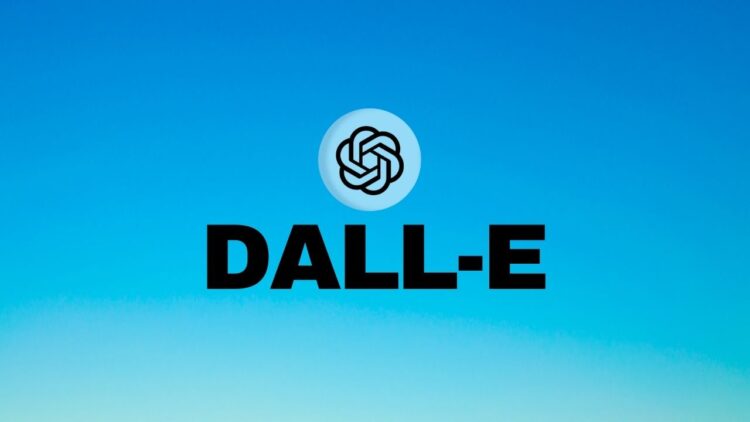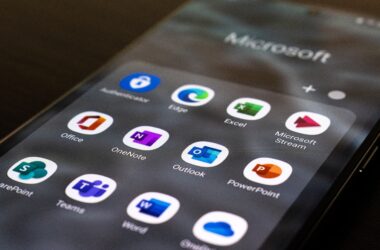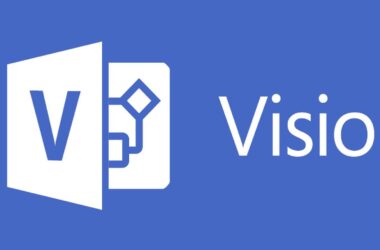As technology continues to advance, the field of artificial intelligence is witnessing remarkable achievements, and one standout innovation is DALL-E. Developed by OpenAI, DALL-E is a cutting-edge neural network model capable of generating captivating and coherent images from mere textual descriptions. It has revolutionized the creative landscape, providing artists, designers, and content creators with a novel way to bring their visions to life. However, as with any rapidly evolving technology, it’s essential to explore other options and discover potential DALL-E alternatives that might offer unique advantages or cater better to specific creative needs.
DALL-E: Pushing the Boundaries of AI Creativity
DALL-E’s name is a nod to the famous artist Salvador Dalí, known for his imaginative and surreal artworks. This AI marvel is inspired by the Transformer architecture, which has been foundational for many other successful AI models. DALL-E’s ability to comprehend textual prompts and convert them into stunning visuals has sparked widespread interest in the AI community and beyond. From a simple sentence describing a whimsical creature to abstract concepts that challenge human imagination, DALL-E has demonstrated the tremendous potential of AI in the realm of art and design.
Reasons to Look for a DALL-E Alternative
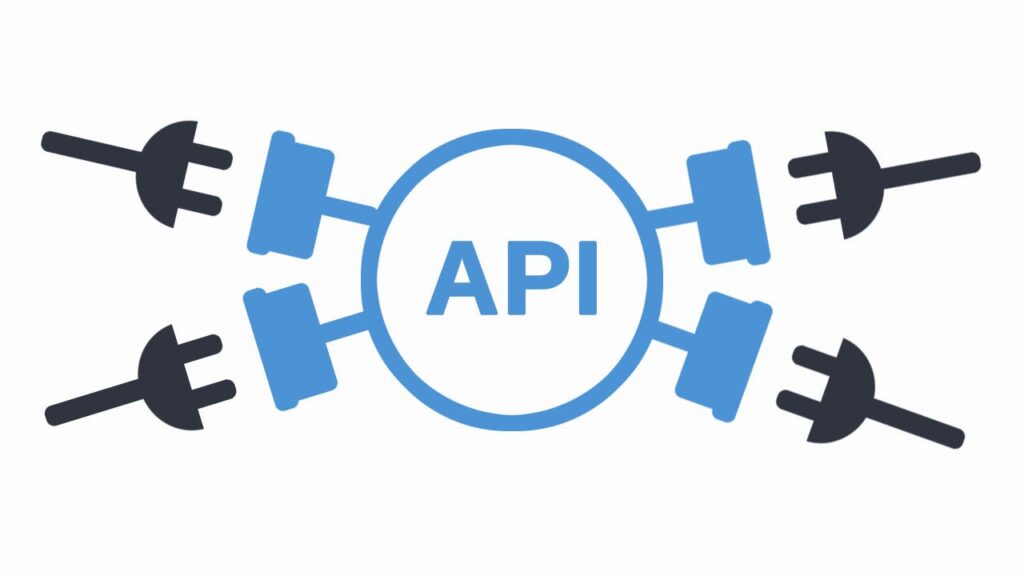
While DALL-E’s accomplishments are awe-inspiring, there are several compelling reasons why exploring alternatives could be advantageous for creators:
1. Diversify Your Creative Output
While DALL-E has a distinct style, exploring other AI models opens up opportunities to diversify creative output. Each alternative may have its own aesthetic and artistic strengths, allowing creators to experiment with a broader range of visual styles.
2. Address Specific Needs
Different projects and creative endeavors may require specific features or capabilities that DALL-E does not fully cater to. By seeking alternatives, creators can find AI models that align more closely with their particular requirements.
3. Improved Performance
The field of AI research is dynamic, and newer models may offer enhanced performance compared to DALL-E. Advancements in areas like image quality, speed, and resource efficiency can significantly impact the creative workflow.
4. Unique Features and Techniques
DALL-E alternatives can introduce novel features and techniques, unlocking fresh possibilities for artistic expression. These unique characteristics might spark a sudden burst of creativity and lead to groundbreaking artworks.
Common DALL-E Alternatives
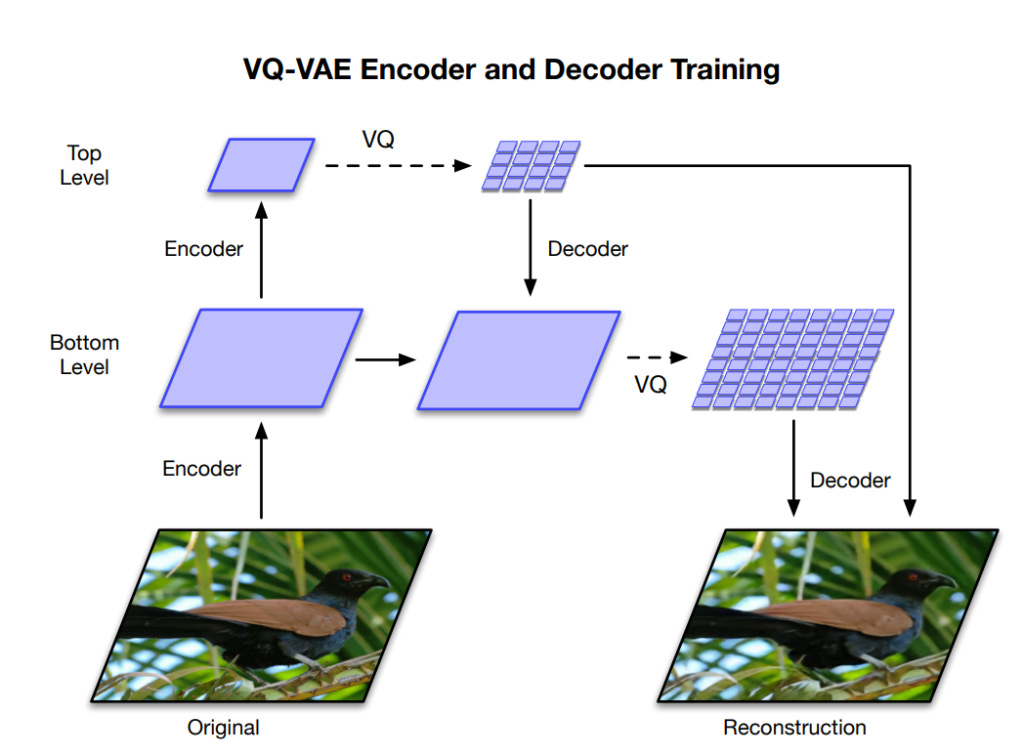
As the demand for AI-generated art increases, several notable DALL-E alternatives have emerged:
1. VQ-VAE-2
Combining vector quantization and variational autoencoders, VQ-VAE-2 is known for generating high-quality images from textual descriptions. Its ability to interpret complex prompts and produce stunning visuals makes it a compelling alternative to DALL-E.
Vector Quantization
This technique discretizes the image representation, allowing for more efficient and expressive image generation.
Variational Autoencoders
VQ-VAE-2 employs variational autoencoders to encode and decode the images, enabling a higher level of control over the generated visuals.
Advanced Compression
VQ-VAE-2 is capable of effectively compressing the image data while retaining essential features, making it a resource-efficient option for image generation.
2. CLIP
Developed by OpenAI as well, CLIP boasts vision-language pre-training, which allows it to understand both images and text effectively. This capability enables CLIP to excel in tasks like generating images from textual prompts, positioning it as a formidable competitor to DALL-E.
Vision-Language Pre-Training
CLIP’s pre-training allows it to learn a joint representation of images and text, facilitating more accurate cross-modal understanding.
Zero-Shot Learning
CLIP can perform zero-shot image classification, meaning it can classify images without specific training data for a particular class, showcasing its versatility.
Creative Applications
CLIP’s ability to understand complex concepts from text makes it an attractive option for creative tasks, allowing users to explore innovative combinations of visual elements.
3. GPT-3 and GPT-4
Although not specifically designed for image generation, models like GPT-3 and its successor GPT-4 can be fine-tuned for creative tasks, including generating images from textual descriptions. Their versatility and vast language comprehension capabilities make them intriguing options.
Language Understanding
GPT-3 and GPT-4 are renowned for their natural language processing capabilities, which enables them to comprehend textual prompts with remarkable accuracy.
Adaptability
These models can be fine-tuned for specific creative tasks, providing a flexible approach to generating images tailored to various contexts.
Diverse Applications
Beyond image generation, GPT-3 and GPT-4 can be employed in a wide range of creative applications, from writing to design and more.
4. VQ-VAE-2-AD
As an extension of VQ-VAE-2, this alternative specializes in artistic style transfer from textual descriptions. For artists looking to infuse their work with unique visual styles, VQ-VAE-2-AD presents a captivating choice.
Style Transfer
VQ-VAE-2-AD’s specialization in artistic style transfer allows it to recreate images with the aesthetic of famous artists or specific art movements.
Creative Exploration
Artists can use VQ-VAE-2-AD to experiment with different styles and create works that seamlessly merge their vision with the influence of art history.
Customizable Artistry
VQ-VAE-2-AD’s style transfer capabilities are customizable, giving artists full control over the level of style infusion in their creations.
5. VQ-VAE-2-OCO
This variant of VQ-VAE-2 is optimized for object-centric outputs from textual prompts. For projects requiring a focus on object-oriented visuals, VQ-VAE-2-OCO can be an excellent fit.
Object-Oriented Generation
VQ-VAE-2-OCO excels at generating images that prominently feature specific objects or subject matter specified in the textual prompts.
Scene Composition
Creators can use VQ-VAE-2-OCO to compose images centered around particular objects, creating visually compelling and coherent scenes.
Design and Advertising
For designers and advertisers, VQ-VAE-2-OCO can be valuable in creating product visuals that emphasize specific objects or product attributes.
6. iGPT
Positioned as an image-generation variant of the popular GPT series, iGPT’s ability to create images from textual descriptions showcases its potential as a strong DALL-E competitor.
Autoregressive Generation
iGPT uses an autoregressive approach to generate images, predicting each pixel based on previous ones, allowing for fine-grained control over the image output.
Progressive Generation
iGPT can progressively refine the generated images, producing high-resolution visuals with enhanced detail.
Creative Image Synthesis
The combination of autoregressive generation and progressive refinement enables iGPT to produce realistic and imaginative images.
Exploring Integration with Existing Creative Tools
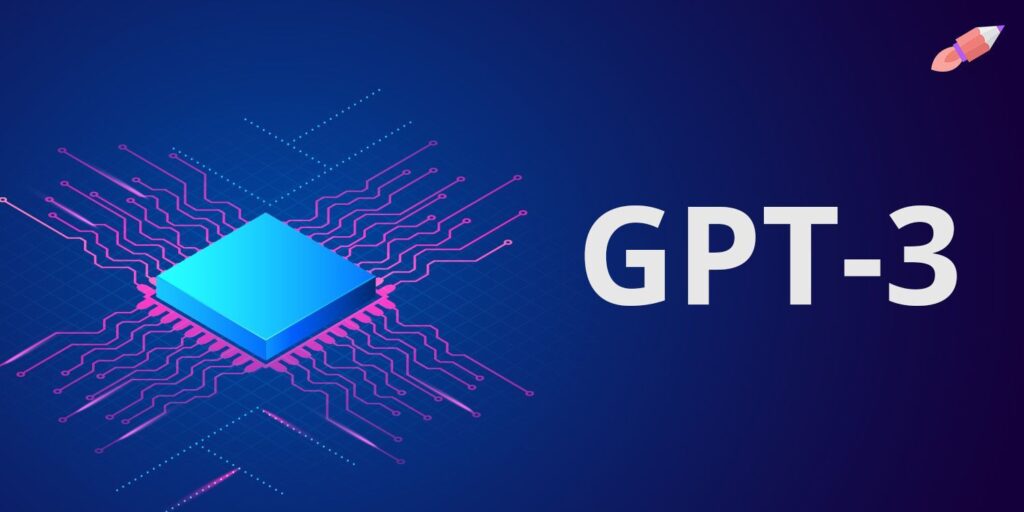
To further enhance the capabilities of DALL-E alternatives and seamlessly integrate them into the creative workflow, consider the following avenues:
1. Creative Software Plugins
Many AI models, including DALL-E alternatives, offer plugins or extensions that allow smooth integration with your preferred creative software. These plugins empower you to leverage the capabilities of AI directly within your familiar creative workspace.
Illustration Software Integration
Plugins for popular illustration software like Adobe Illustrator and CorelDRAW enable artists to access AI-generated images without leaving their preferred creative environment.
Image Editing Software
Integration with image editing software such as Adobe Photoshop allows users to apply AI-generated visuals to their existing artwork seamlessly.
2. API Integration
DALL-E alternatives, just like DALL-E itself, often provide APIs that can be integrated into custom applications or creative projects. This level of integration gives creators greater control and flexibility in leveraging AI-driven image generation.
Custom Creative Applications
Developers can integrate DALL-E alternatives’ APIs into custom creative applications, tailoring the AI model to specific artistic workflows.
Interactive Art Installations
Artists can use the APIs to create interactive art installations that generate unique visuals based on audience inputs and interactions.
3. Collaboration with Creative Platforms
Some DALL-E alternatives may collaborate with popular creative platforms. This collaboration could result in integrated AI features accessible directly within these platforms, streamlining the creative process for users.
Online Design Tools
Integration with online design platforms allows users to access AI-generated images effortlessly, enhancing the creative possibilities within these platforms.
Social Media Sharing
Collaborations between DALL-E alternative developers and social media platforms could enable users to share AI-generated art with their followers easily.
Conclusion
As the creative potential of AI-driven image generation continues to unfold, DALL-E and its alternatives stand at the forefront of this artistic revolution. By exploring DALL-E alternatives, creators can amplify their artistic expression, access unique features, and venture into uncharted creative territories.
Embrace the diverse range of AI models available and let your imagination soar in tandem with the capabilities of these advanced neural networks. As the field of AI evolves, it holds the promise of unlocking new artistic dimensions and propelling creative expression to unparalleled heights.
May your journey in AI-assisted creativity be one filled with unexpected discoveries, inspired masterpieces, and the limitless bounds of human ingenuity merged with artificial intelligence.




